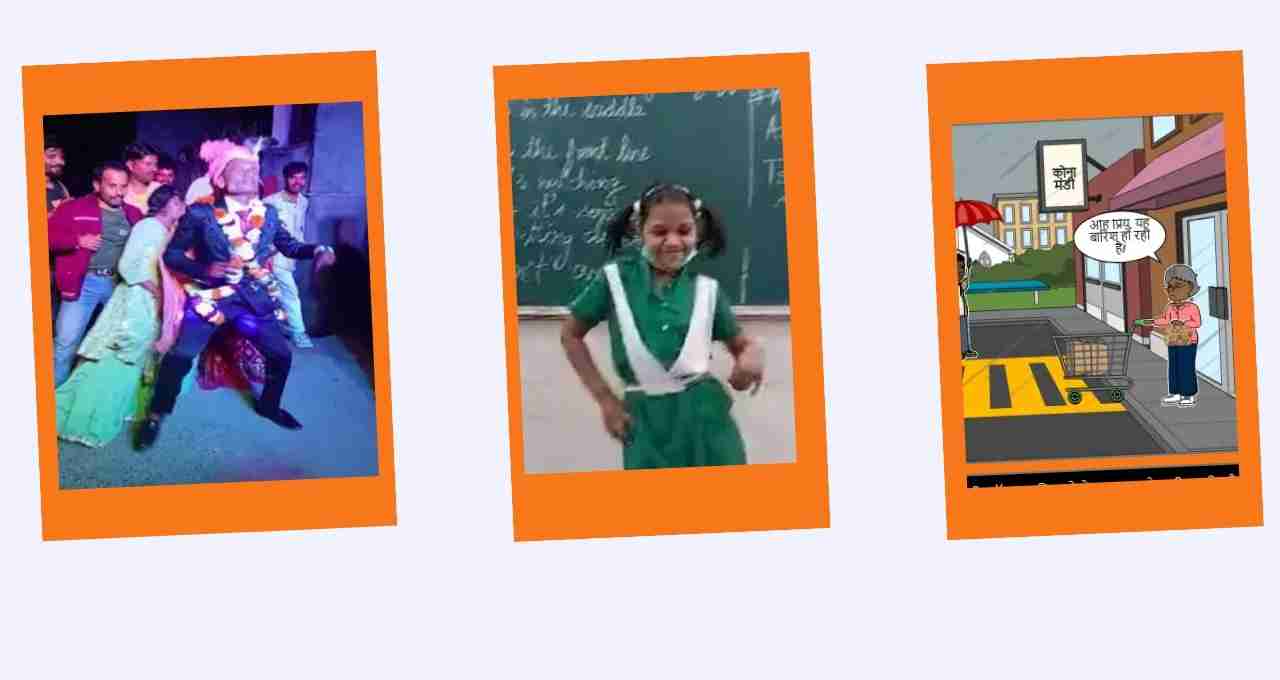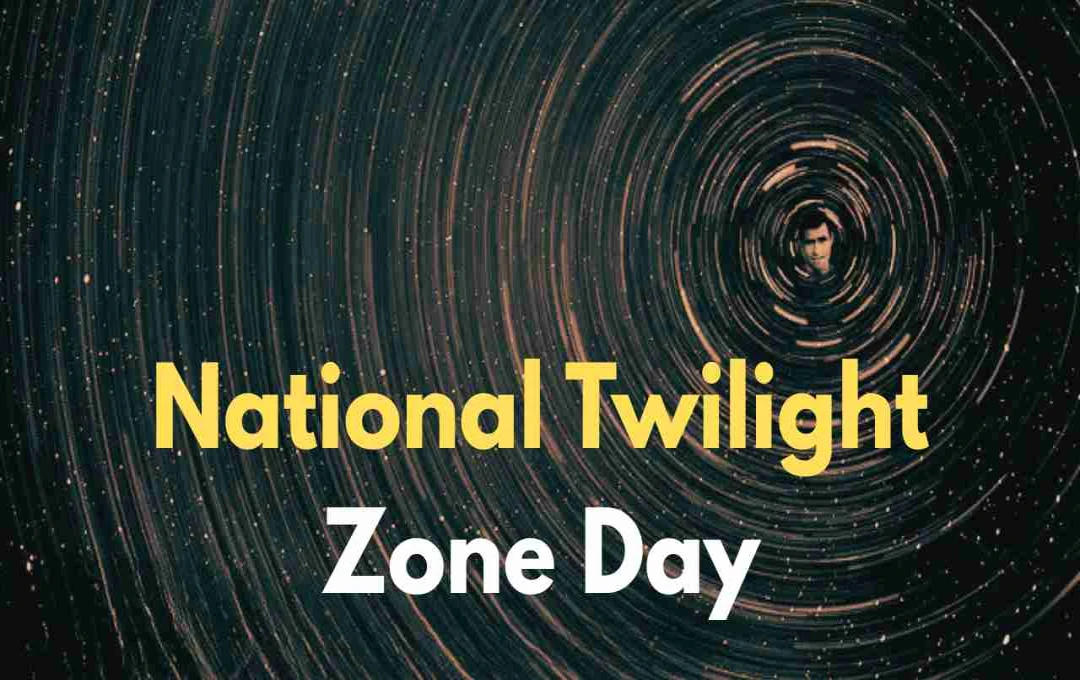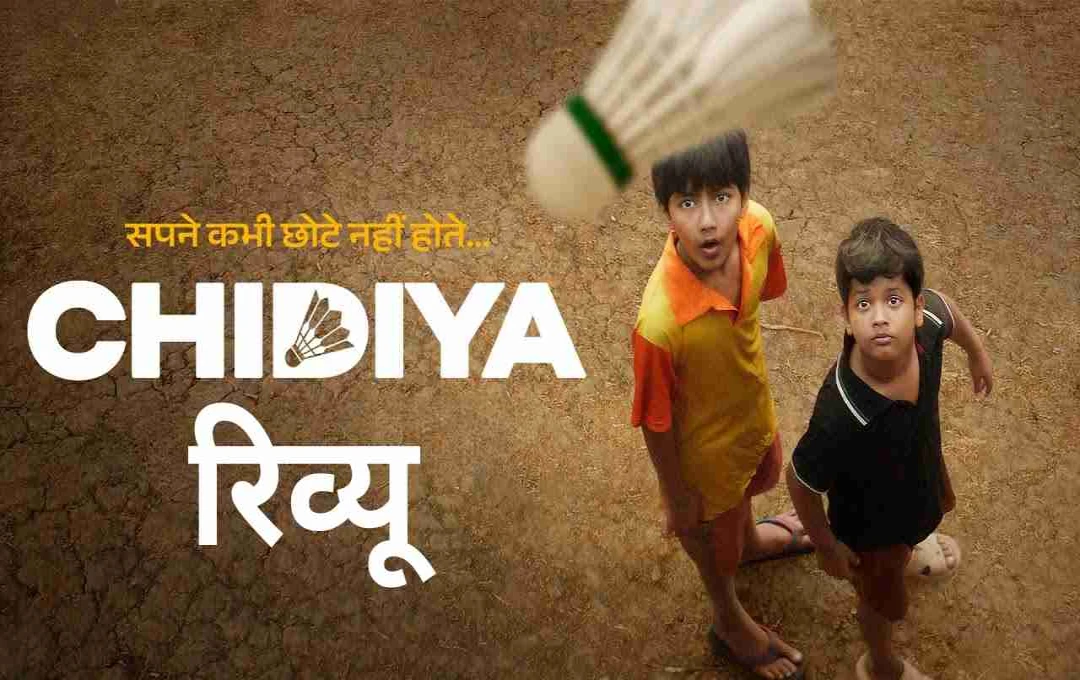Viral Video Day is celebrated annually on April 29th. This day is dedicated to celebrating viral videos, one of the most impactful and exciting aspects of the social media and digital landscape. In recent years, social media has provided a remarkable way to connect the world, and viral videos are a significant part of this transformation. Viral videos are those that reach millions of people in a very short time, becoming incredibly popular due to their content, humor, or message.
What are Viral Videos?
Viral videos are videos that spread rapidly across the internet, capturing the attention of millions. These videos are typically posted on social media platforms such as Facebook, Instagram, Twitter, and YouTube. When people watch these videos, they share them with others, leading to a rapid increase in popularity.
Viral videos are often funny, interesting, or address specific issues. They may entertain, provoke thought, or convey an important message. Sometimes, they even shed light on social or political issues.
The impact of viral videos extends beyond mere entertainment; they can effect societal change. Occasionally, a viral video can catapult an individual to overnight fame, while others can initiate significant transformations.
The Importance of Viral Videos

The importance of viral videos has significantly increased in today's world. These videos not only connect people but also highlight crucial social issues. A short video on social media can quickly spread globally and become a catalyst for substantial change. For example, the #MeToo movement, which emerged as a campaign against sexual harassment and discrimination against women, originated through a viral video.
Viral videos have become an effective way to draw attention to societal issues that are often overlooked, such as climate change, racism, and promoting social distancing during the COVID-19 pandemic. These videos facilitate the widespread dissemination of crucial messages and increased awareness.
Types of Viral Videos
There are various types of viral videos, each with different objectives and impacts. Let's explore some key types:
- Entertainment Videos: This is the most common type of viral video, providing viewers with laughter, fun, and entertainment. These videos typically feature humor, songs, dances, or amusing events. When a video is funny or interesting, people share it, leading to rapid virality. Sometimes, these videos remain popular on social media for extended periods because people enjoy watching them repeatedly.
- Educational Videos: Educational videos aim to teach viewers something new. These include technical tutorials, science-related information, educational lessons, or videos teaching new skills. Their purpose is to enhance knowledge and deepen understanding. Because people are always eager to learn, such videos often go viral. They not only inform but also provide opportunities for practical understanding.
- Social Awareness Videos: This type of video aims to draw attention to a significant societal issue. They often attempt to raise awareness about social issues such as environmental protection, human rights, education, and corruption. The objective is to bring about societal change. When people watch and understand these videos, they share them, expanding social awareness. Such videos can contribute to positive societal change.
- Marketing and Brand Promotion: Companies and brands utilize viral videos to promote their products and services. These videos prominently showcase the company's product or service and highlight its benefits. The goal is to attract customers and strengthen brand identity. When people watch and like these videos, they share them with friends and family, increasing the brand's reach and recognition.
The Process of Creating a Viral Video

Creating a viral video involves key considerations. If you want your video to go viral, understanding and following these points will be beneficial:
- High-Quality and Engaging Content: The success of any video depends on its quality and content. If the subject matter is interesting and engaging, people will watch it more and share it with others. Additionally, the video's screen resolution should be high to ensure it is visually appealing and enjoyable to watch. Compelling content is the key to virality.
- Timeliness: Timely release is crucial. If a major event is occurring or a trend is circulating on social media, creating and posting a video at that time can make it go viral. For instance, an interesting video posted during an election might receive more attention because people are actively discussing the topic.
- Sharing and Promotion: The most important aspect of making a video viral is maximizing its reach. Utilize social media; share the video on platforms like Facebook, Twitter, and Instagram, and encourage others to share it as well. A good caption or hashtag can also attract more attention. The more people who watch and share the video, the greater its chances of going viral.
- Social Impact: A viral video should be relevant to society. Its subject matter should resonate with people and touch their hearts. For example, videos addressing social issues like environment, education, or health are more likely to be watched and shared. A powerful and impactful message can quickly make a video go viral on social media.
Ways to Celebrate Viral Video Day
On Viral Video Day, you can create some fun and creative videos. The video can be on any topic—entertainment, education, awareness, or a social issue. You can create a video to celebrate the day on social media and share it. Who knows, your video might go viral and become a global sensation!
April 29th, Viral Video Day, reminds us that social media and digital platforms have provided a new way to connect the world and share ideas. Viral videos are not only a source of entertainment but have become an effective way to bring about societal change, spread awareness, and initiate discussions on various issues. To celebrate this day, create a video, share it on social media, and see how viral it can become!














